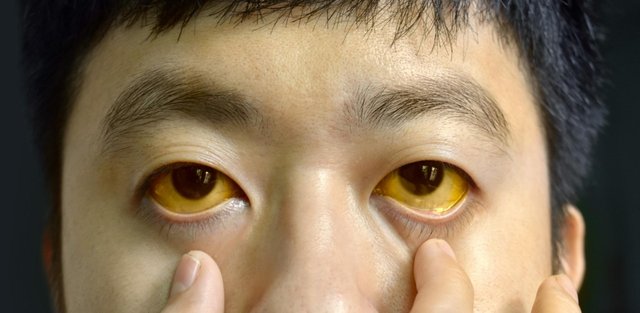Is Jaundice Always Serious?
Jaundice is characterised by yellowing of the skin, eyes and mucous membrane due to excessive bilirubin in the blood. Although it is widely believed that jaundice is a disease, it is not. In fact, jaundice is a symptom of an underlying health condition.
It is completely normal for people to worry upon noticing the signs of jaundice, as the changes in the colour of the skin and eyes can appear alarming.
The seriousness of jaundice depends on its cause, the patient’s age and how quickly the disease is diagnosed and treated. In some cases, jaundice usually resolves on its own; however, there are instances where it is a serious health concern that needs immediate attention from a doctor for jaundice.
In this blog, we will discuss when jaundice is harmless and when it signals a more serious condition.
What Causes Jaundice?
Jaundice occurs when there is an accumulation of bilirubin in the blood, a yellow pigment that is produced due to the breakdown of red blood cells. In healthy individuals, the liver is responsible for processing the bilirubin, which is then eliminated with other waste products through the bile and excreted in the stool.
When this whole process is disrupted, it results in a build-up of bilirubin, leading to jaundice.
There are several types of jaundice depending on where the issue lies with the breakdown of the red blood cells.
- Pre-hepatic (or hemolytic) jaundice: It is caused by the excessive breakdown of red blood cells, leading to elevated bilirubin in the bloodstream before it even reaches the liver.
- Hepatic jaundice: This type of jaundice is mainly caused by liver damage or dysfunction, thereby hindering the normal functioning of the liver to process the bilirubin.
- Post-hepatic jaundice: It occurs due to obstruction in the bile ducts, preventing the bilirubin from being eliminated from the body.
When Is Jaundice A Serious Symptom?
Jaundice can be a symptom of life-threatening conditions such as the following:
- Acute hepatitis: It occurs due to inflammation of the liver. The condition is often caused by viral infections, alcohol consumption and certain medicines. Yellowing of the skin is a major symptom accompanied by other signs like fatigue, abdominal pain, dark urine and pale stools.
- Liver cancer: Jaundice is also a symptom of liver cancer or cancers that have spread to the liver, especially in the advanced stage. It requires immediate medical attention.
- Bile duct obstruction: Blockages in the bile duct due to stones, tumours or stricture prevent the bilirubin from being eliminated from the body, leading to jaundice as one of the early signs.
- Liver cirrhosis: Cirrhosis is the advanced stage of long-term liver damage, causing bilirubin to accumulate in the blood. You must consult a doctor for jaundice for proper diagnosis.
When Is Jaundice Not That Harmful?
Conclusion
While jaundice is sometimes harmless, the symptoms must not be ignored. If you or your loved ones experience yellowing of the skin and eyes, along with symptoms like abdominal pain, fatigue, nausea, vomiting or loss of appetite, don’t wait to consult a doctor for jaundice to rule out severe issues.
